/sectionb: NAVEL INTELLIGENCE
Posted on April 15th, 2025 – Comments Off on /sectionb: NAVEL INTELLIGENCE… in which the Section arrive at the boathouse where Arti and Cornelius furnish them with a warm welcome, and a few answers. Sort of.

… in which the Section arrive at the boathouse where Arti and Cornelius furnish them with a warm welcome, and a few answers. Sort of.

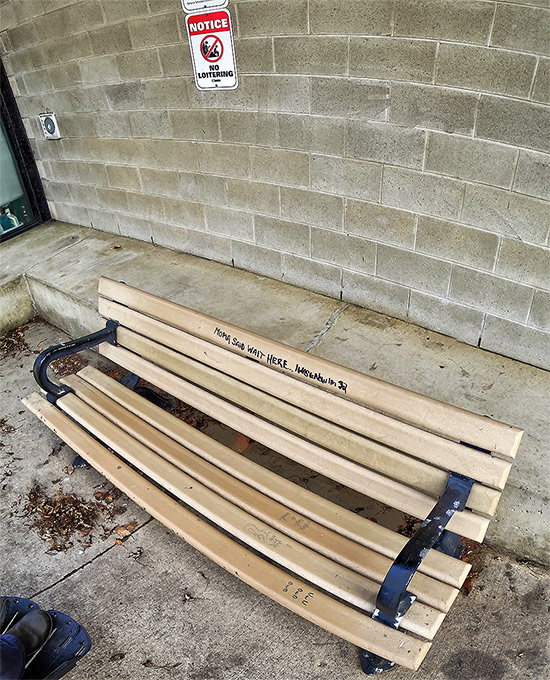
If it wasn’t for bureaucracy this city would be no fun at all.
Not long after I got comfortable with TCL I happened upon a local comedy troupe called The Raisin Gang. Unfortunately, their official website is now defunct, their X account hasn’t been updated since it was called Twitter, and little remains of The Gang but their YouTube channel.
I did a little expectant spotlight piece a while back but, to my discredit, I have not done much to follow up since then. In my defense, neither did they. Every once in a while, though, I flash back to the first Raisin Gang video I ever saw and wonder whatever happened to them.
The concepts were ahead of their time, the production values were great, the skits were well written, and the execution was excellent. For a while there I thought Toronto might have a “new media” Kids in the Hall on our hands.
Alas, as far as I know this never materialized. Maybe it was bad timing. Could be a lack of follow-through. Possibly the participants got into the hooch a wee bit too often.
Perhaps they’d care to contact me to explain themselves. As an added incentive, failure to do so will result in more videos being posted at unspecified future times, possibly with additional context.
And yes, that is a threat.
In my search for spies and espionage in Toronto I came across something called Deniable Activity. It’s basically a pricey LARP whose latest event was described as, “a covert operation in Toronto to oppose a Chinese-Russian paramilitary unit and discover a leak within the Blackline organization.“
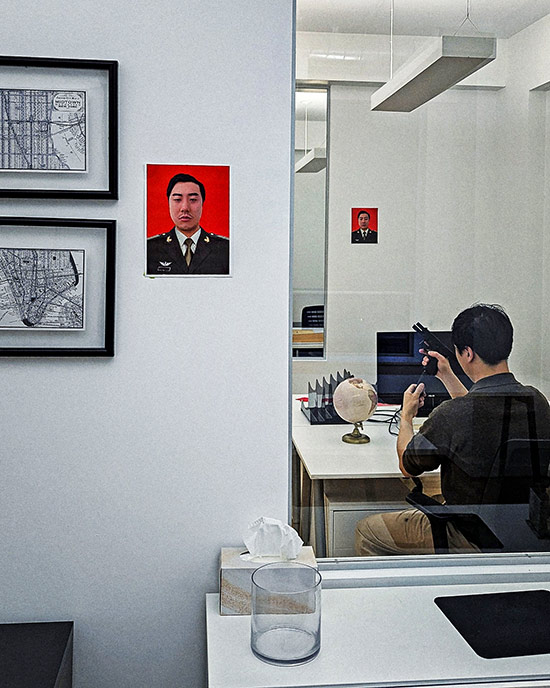
The “Blackline organization” is an obvious take on Blackline Simulations, the company behind Deniable Activity. Blackline seems to specialize more in military simulations and the Deniable event appears to have been their first espionage-themed outing. It sounds like they put some effort into it, although calling the first installment “The Compromise” seems a little derivative, maybe even like someone caved during planning. Still …
We’ve been able to include vehicle pursuits, helicopter trips, installing audio and video surveillance, clandestine entry into residences, and simulated gun fights in a number of events.
https://www.deniable.ca/frequently-asked-questions
The fact that this event exists got me to thinking … what if a simulated urban spy adventure was infiltrated by actual spies and hijacked for nefarious purposes (until the good guys figured out what was going on and thwarted it). You’re welcome, Hollywood.
There are some event photos available online and kudos to the organizers for location selections. Ultimately, the event seems fun albeit a little contrived. Not sure how much it costs per person and prices aren’t otherwise broadly mentioned but a 6 hour “Covert Entry and Surveillance for Teams” event is listed at a starting price of $3,500.
Deniable appears to be headquartered in a squat, industrial, red brick building in northern York (a.k.a. Toronto), although this is somewhat questionable since the listed address of “51 Vine Road” seems to be a little farther north.
That’s all the information I have regarding the target at this time.
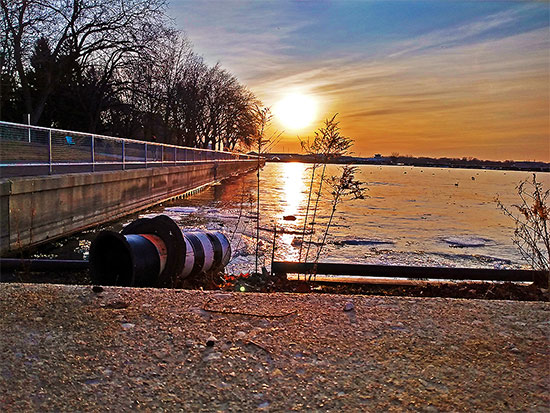
Coming in from the cold at Coronation Park.
I usually scan the major daily headlines once a day or so, a habit I’ve had for years of which I’m sure there exist examples here on TCL.
Based on this, I was surprised to see one such daily running modern warfare scenarios between Canada and the U.S. “Haven’t seen this before,” I thought to myself at the time.
Upon further reflection, maybe I have.
It’s something I’d stumbled on a few years ago, a nearly decade-old comic series named “We Stand On Guard” which took much the same tone, albeit set ninety-nine years into the future (as of this year).
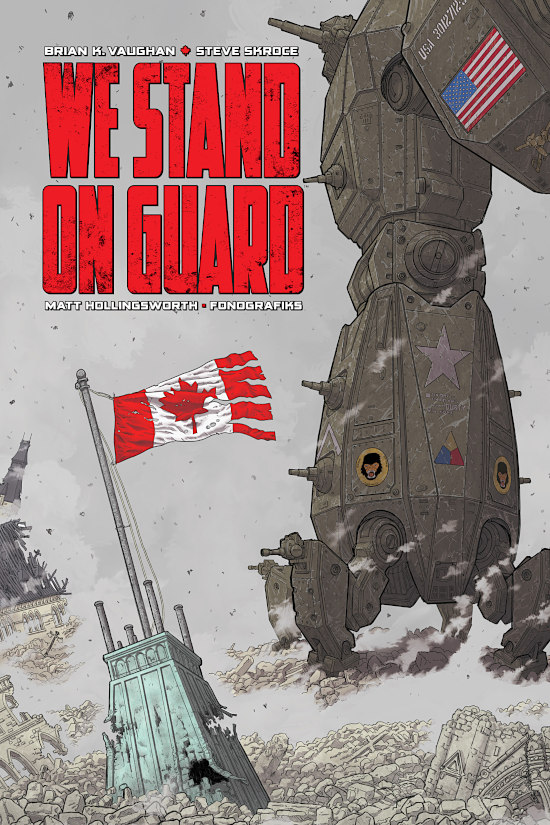
Spoiler alert: a good number of the rebellious Canadian “heroes” die and ostensibly take a large part of the water-deprived U.S. civilian population with them. Hooray!
Long story short, the artwork is great but the tale is bleak.
It’s still a bit too chilly out there for aquatic hijinks but I’m sure I’ll soon be complaining about the heat and humidity, something that I suspect is (at least) a century-old Toronto tradition.
In the meantime, there’s plenty more of the following sort of thing over at archive.org
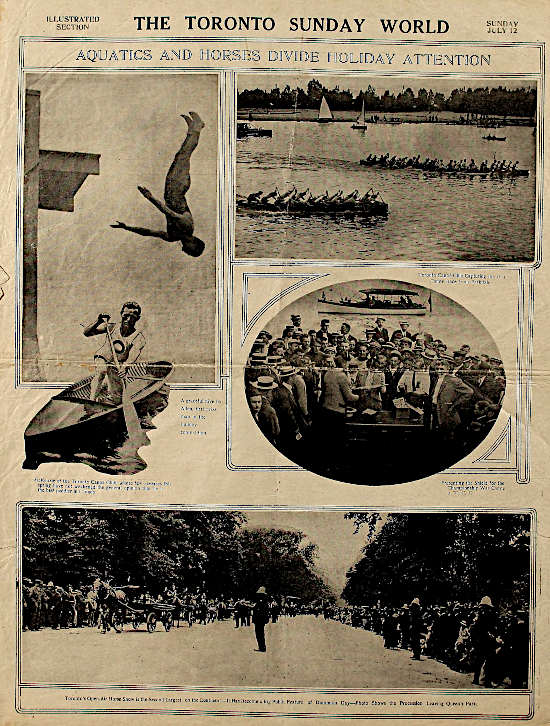
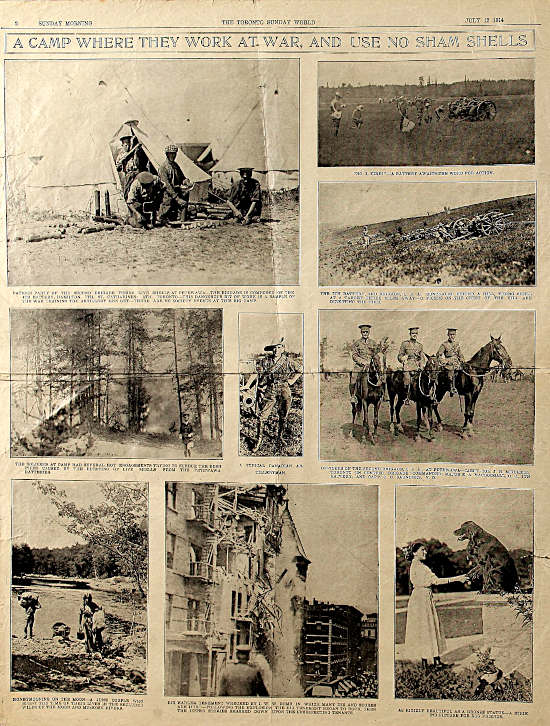
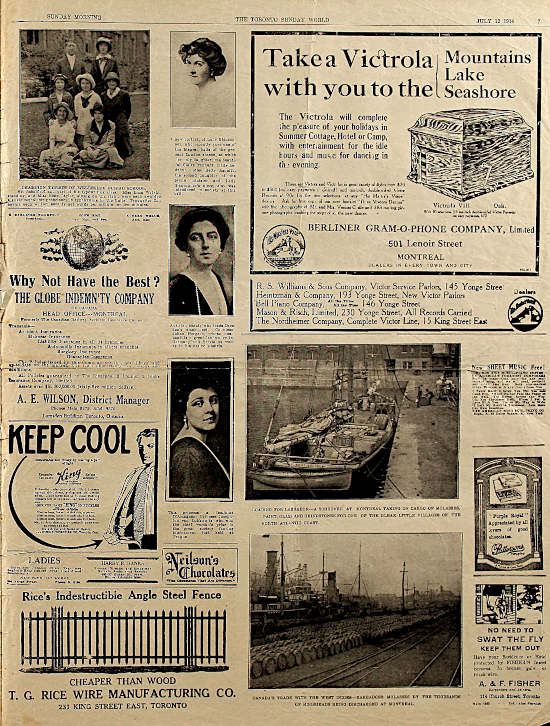
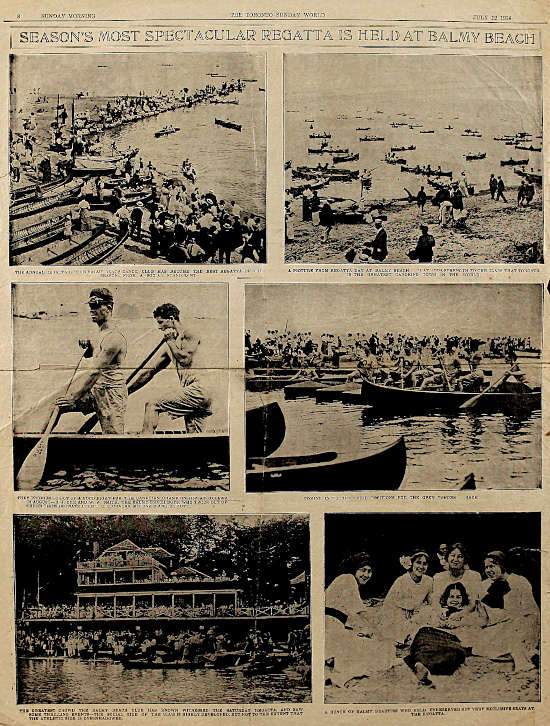

To answer the titular question: yes and no.
Chapter 7 will be the end of the first book and I think that once it’s read to completion, the reason will become clear. Although I’m taking great pains to explain things, people, and events, one big question mark will be left purposefully hanging over the narrative because it was always intended to be a two-parter. More on this later.
In the meantime, it’s my sincere hope that at the end of the first half everything will be as clear as it should be, but there are a few things I don’t go into outright so I’ll outline them here.
For starters, the name “/sectionb” is notably different from how the group refers to itself — namely, “Section B”. Other than the obvious terminal command described at the end of chapter 6, the slashed-and-condensed version of the name also refers to the end part of the URL where the novel currently resides. It may also be noted that with the slash prepended, the name provides a visual cue regarding the divided or “sectional” nature of the small cadre of agents (hint: there are more).
Moreover, there are sub-divisions of the book’s chapters into parts, presently numbered at 35. This was a decision I made at the outset to (hopefully) make the story a bit more readable. /sectionb is what I refer to as a shitter book, the kind of reading you can take with you as you head for the crapper, there to enjoy in small installments (hopefully) long enough for single sessions. For this reason I’ve tried to limit each part to somewhere between 2000 to 3000 words which, in my estimation, is about long enough for a comfortable deposit to the Bank of Porcelain.
Beyond the book’s structure, it may be of interest to note that most of the characters’ names aren’t just random choices. While the origin of the name Brock Medic is admittedly obscure, and Elvis is a guy I knew personally, other names have a more open and distinct lineage. For example, at one point Mirabelle directly explains her own suspicions about her family’s patronymic whereas Rebekah‘s dad’s name bears a resemblance to another historical Heinrich. The moniker Dominic Di Venona is similarly inspired by preexisting nomenclature, as is Dmitri’s. Within a wider scope, I like to think that this thematic mixing of names is apropos given the mixed themes of the story.
I’ve tried to follow a similar convention in the naming of the story’s parts. As an example, in the latest installment the German word “kryptowährung” translates directly to cryptocurrency which may refer to the cryptic “coin” hint for the terminal’s terminal password attempt, the (mostly) indecipherable meaning behind the firm of “Schatz, Liebling, & Tochter”, or to Rebekah’s concealed stashes of cash.
Above all, I sincerely hope that at every level /sectionb is an interesting, entertaining, possibly informative, and somewhat unique if not quirky story. With plenty of background notes (not including the extensive dossier), I feel like there’s ample opportunity to develop the book into a lengthy series. Other than the follow-up, I’ve been percolating over some ideas and I think that they’d be neat stories to tell. In any event and whichever direction this project ends up going, rest assured that the story is far from over.
… in which the Section’s long, languid, and mostly monotonous journey (except when it’s not), back to their origin is detailed.